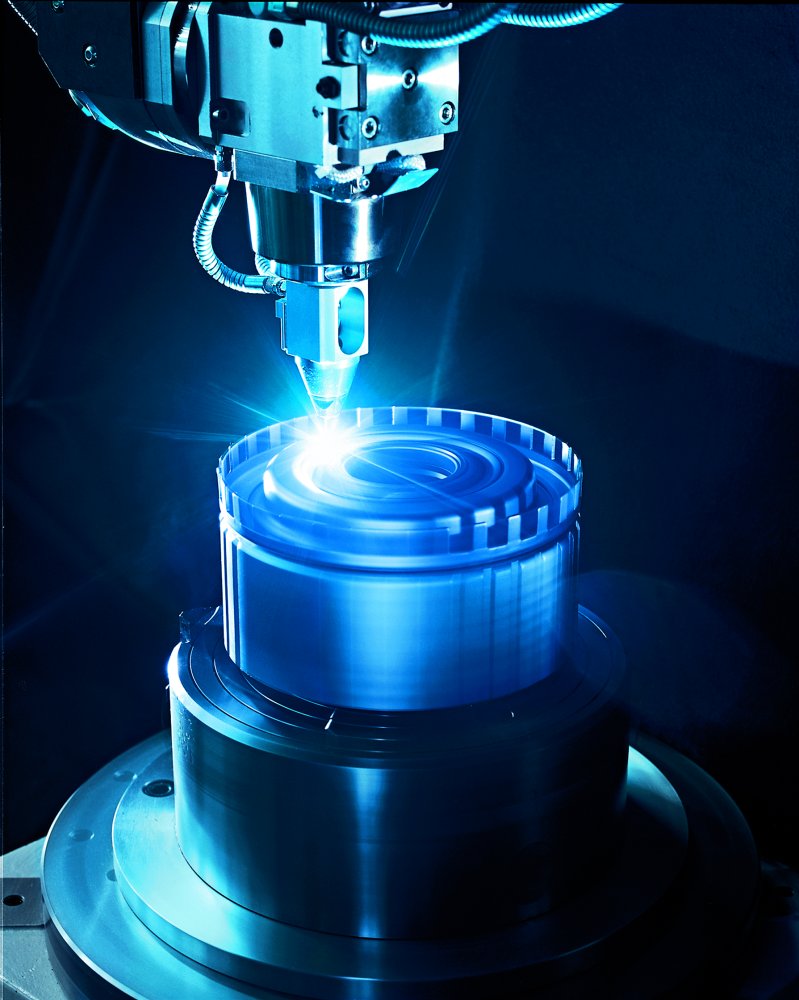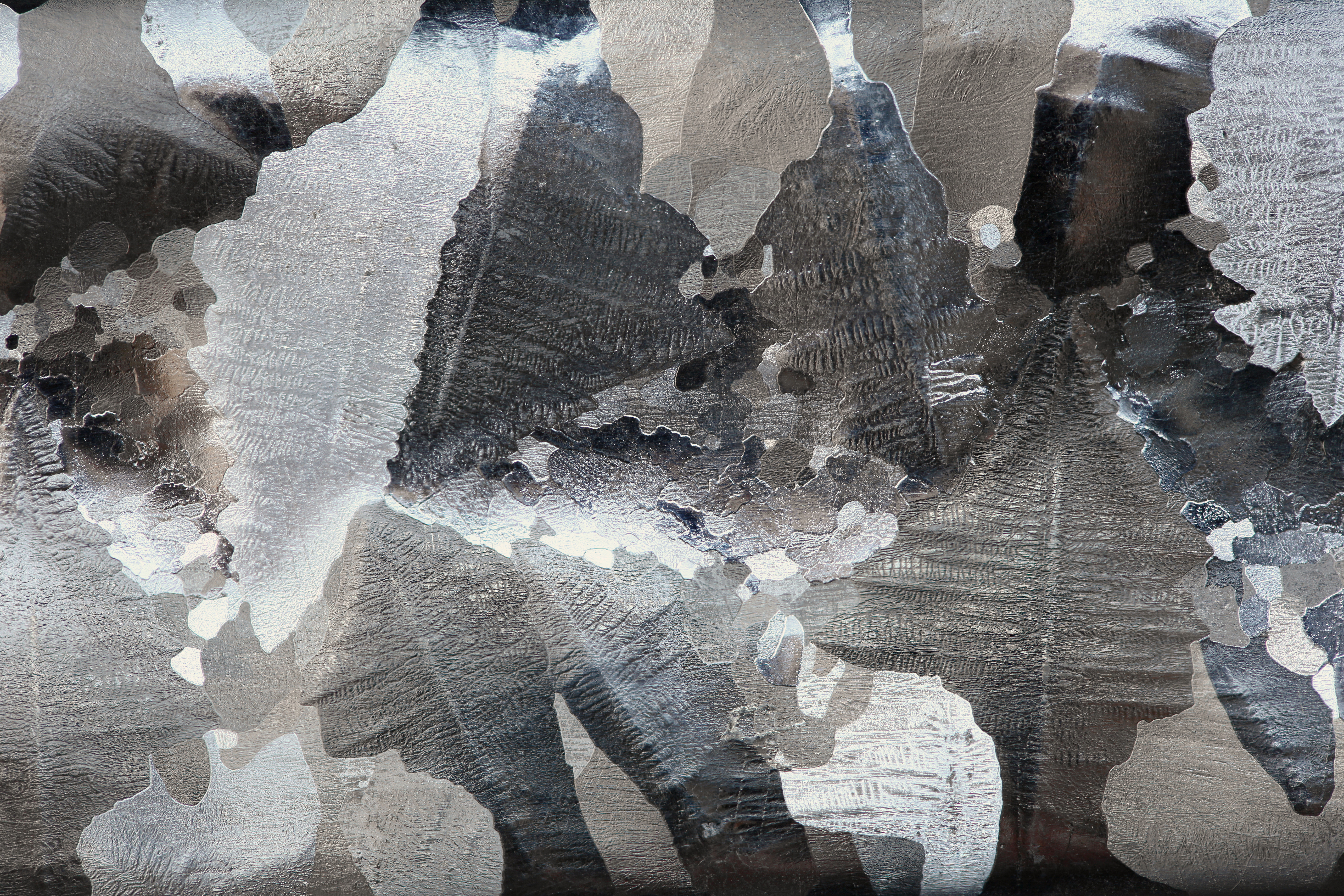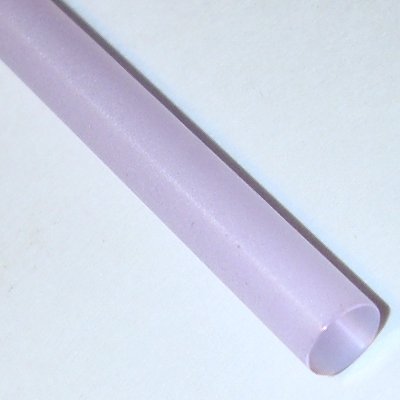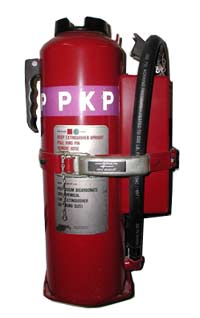|
Lutetium Aluminium Garnet
Lutetium aluminum garnet (commonly abbreviated LuAG, molecular formula Lu3Al5O12) is an inorganic compound with a unique crystal structure primarily known for its use in high-efficiency laser devices. LuAG is also useful in the synthesis of transparent ceramics. LuAG is a dopable scintillating crystal that will demonstrate luminescence after excitation. Scintillating crystals are selected for high structural perfection, high density and high effective atomic number. LuAG is particularly favored over other crystals for its high density and thermal conductivity. LuAG has a relatively small lattice constant in comparison to the other rare-earth garnets, which results in a higher density producing a crystal field with narrower linewidths and greater energy level splitting in absorption and emission. These properties make it an excellent host for active ions such as Yb, Tm, Er, and Ho employed in diode-pumped solid-state lasers. The density of the lutetium crystal is greater than that of ... [...More Info...] [...Related Items...] OR: [Wikipedia] [Google] [Baidu] |
Laser
A laser is a device that emits light through a process of optical amplification based on the stimulated emission of electromagnetic radiation. The word "laser" is an acronym for "light amplification by stimulated emission of radiation". The first laser was built in 1960 by Theodore H. Maiman at Hughes Research Laboratories, based on theoretical work by Charles Hard Townes and Arthur Leonard Schawlow. A laser differs from other sources of light in that it emits light which is ''coherent''. Spatial coherence allows a laser to be focused to a tight spot, enabling applications such as laser cutting and lithography. Spatial coherence also allows a laser beam to stay narrow over great distances (collimation), enabling applications such as laser pointers and lidar (light detection and ranging). Lasers can also have high temporal coherence, which allows them to emit light with a very narrow spectrum. Alternatively, temporal coherence can be used to produce ultrashort pulses of ligh ... [...More Info...] [...Related Items...] OR: [Wikipedia] [Google] [Baidu] |
Lutetium(III) Oxide
Lutetium(III) oxide, a white solid, is a cubic compound of lutetium sometimes used in the preparation of specialty glasses. It is also called lutecia. It is a lanthanide oxide, also known as a rare earth.Lutetium Oxide. 1997-2007. Metall Rare Earth Limited. http://www.metall.com.cn/luo.htm History In 1879, Jean Charles Galissard de Marignac (1817–1894), a Swiss chemist, claimed to have discovered ytterbium, but he had found a mixture of elements. In 1907, a French chemist Georges Urbain (1872–1938) reported that ytterbium was a mixture of two new elements and was not a single element. Two other chemists, Carl Auer von Welsbach (1858–1929) and Charles James (1880–1926) also extracted lutetium(III) oxide around the same time. All three scientists successfully separated Marignac's ytterbia into oxides of two elements which were eventually named ytterbium and lutetium Lutetium is a chemical element with the symbol Lu and atomic number 71. It is a silvery white metal, which ... [...More Info...] [...Related Items...] OR: [Wikipedia] [Google] [Baidu] |
Lutetium Compounds
Lutetium compounds are compounds formed by the lanthanide metal lutetium (Lu). In these compounds, lutetium generally exhibits the +3 oxidation state, such as LuCl3, Lu2O3 and Lu2(SO4)3. Aqueous solutions of most lutetium salts are colorless and form white crystalline solids upon drying, with the common exception of the iodide. The soluble salts, such as nitrate, sulfate and acetate form hydrates upon crystallization. The oxide, hydroxide, fluoride, carbonate, phosphate and oxalate are insoluble in water. Oxides Lutetium(III) oxide is a white solid, a cubic compound of lutetium which sometimes used in the preparation of specialty glasses. It is also called lutecia. It is a lanthanide oxide, also known as a rare earth.Lutetium Oxide. 1997-2007. Metall Rare Earth Limited. http://www.metall.com.cn/luo.htm Lutetium(III) oxide is an important raw material for laser crystals. It also has specialized uses in ceramics, glass, phosphors, and lasers. Lutetium(III) oxide is used as a ... [...More Info...] [...Related Items...] OR: [Wikipedia] [Google] [Baidu] |
Laser Gain Media
A laser is a device that emits light through a process of optical amplification based on the stimulated emission of electromagnetic radiation. The word "laser" is an acronym for "light amplification by stimulated emission of radiation". The first laser was built in 1960 by Theodore H. Maiman at Hughes Research Laboratories, based on theoretical work by Charles Hard Townes and Arthur Leonard Schawlow. A laser differs from other sources of light in that it emits light which is ''coherent''. Spatial coherence allows a laser to be focused to a tight spot, enabling applications such as laser cutting and lithography. Spatial coherence also allows a laser beam to stay narrow over great distances (collimation), enabling applications such as laser pointers and lidar (light detection and ranging). Lasers can also have high temporal coherence, which allows them to emit light with a very narrow spectrum. Alternatively, temporal coherence can be used to produce ultrashort pulses of light w ... [...More Info...] [...Related Items...] OR: [Wikipedia] [Google] [Baidu] |
Aluminium Compounds
Aluminium (or aluminum) combines characteristics of pre- and post-transition metals. Since it has few available electrons for metallic bonding, like its heavier group 13 congeners, it has the characteristic physical properties of a post-transition metal, with longer-than-expected interatomic distances.Greenwood and Earnshaw, pp. 222–4 Furthermore, as Al3+ is a small and highly charged cation, it is strongly polarizing and aluminium compounds tend towards covalency;Greenwood and Earnshaw, pp. 224–7 this behaviour is similar to that of beryllium (Be2+), an example of a diagonal relationship.Greenwood and Earnshaw, pp. 112–3 However, unlike all other post-transition metals, the underlying core under aluminium's valence shell is that of the preceding noble gas, whereas for gallium and indium it is that of the preceding noble gas plus a filled d-subshell, and for thallium and nihonium it is that of the preceding noble gas plus filled d- and f-subshells. Hence, aluminium does not suf ... [...More Info...] [...Related Items...] OR: [Wikipedia] [Google] [Baidu] |
Yttrium Iron Garnet
Yttrium iron garnet (YIG) is a kind of synthetic garnet, with chemical composition , or Y3Fe5O12. It is a ferrimagnetic material with a Curie temperature of 560 K. YIG may also be known as yttrium ferrite garnet, or as iron yttrium oxide or yttrium iron oxide, the latter two names usually associated with powdered forms. In YIG, the five iron(III) ions occupy two octahedral and three tetrahedral sites, with the yttrium(III) ions coordinated by eight oxygen ions in an irregular cube. The iron ions in the two coordination sites exhibit different spins, resulting in magnetic behavior. By substituting specific sites with rare-earth elements, for example, interesting magnetic properties can be obtained. YIG has a high Verdet constant which results in the Faraday effect, high Q factor in microwave frequencies, low absorption of infrared wavelengths down to 1200 nm, and very small linewidth in electron spin resonance. These properties make it useful for MOI ( magneto optical i ... [...More Info...] [...Related Items...] OR: [Wikipedia] [Google] [Baidu] |
Yttrium Aluminium Garnet
Yttrium aluminium garnet (YAG, Y3 Al5 O12) is a synthetic crystalline material of the garnet group. It is a cubic yttrium aluminium oxide phase, with other examples being YAlO3 (YAP) in a hexagonal or an orthorhombic, perovskite-like form, and the monoclinic Y4Al2O9 (YAM). Due to its broad optical transparency, low internal stress, high hardness, chemical and heat resistance, YAG is used for a variety of optics. Its lack of birefringence (unlike sapphire) makes it an interesting material for high-energy/high-power laser systems. Laser damage levels of YAG ranged from 1.1 to 2.2 kJ/cm² (1064 nm, 10 ns). YAG, like garnet and sapphire, has no uses as a laser medium when pure. However, after being doped with an appropriate ion, YAG is commonly used as a host material in various solid-state lasers. Rare earth elements such as neodymium and erbium can be doped into YAG as active laser ions, yielding Nd:YAG and Er:YAG lasers, respectively. Cerium-doped YAG (Ce:YAG ... [...More Info...] [...Related Items...] OR: [Wikipedia] [Google] [Baidu] |
Gadolinium Yttrium Garnet
Gadolinium yttrium aluminium garnet, usually abbreviated Gd:YAG, is a variation of Nd:YAG with microwave and laser applications. References Synthetic minerals Laser gain media Gadolinium compounds Yttrium compounds Aluminium compounds {{Alloy-stub ... [...More Info...] [...Related Items...] OR: [Wikipedia] [Google] [Baidu] |
Gadolinium Gallium Garnet
Gadolinium Gallium Garnet (GGG, ) is a synthetic crystalline material of the garnet group, with good mechanical, thermal, and optical properties. It is typically colorless. It has a cubic lattice, a density of 7.08 g/cm3 and its Mohs hardness is variously noted as 6.5 and 7.5. Its crystals are produced with the Czochralski method. During production, various dopants can be added for colour modification. The material is also used in fabrication of various optical components and as a substrate material for magneto–optical films ( magnetic bubble memory).J. F. Greber "Gallium and Gallium Compounds" in Ullmann's Encyclopedia of Industrial Chemistry, 2012 Wiley-VCH, Weinheim. It also finds use in jewelry as a diamond simulant. GGG can also be used as a seed substrate for the growth of other garnets such as yttrium iron garnet. See also * Micro-pulling-down * Terbium gallium garnet * Yttrium aluminium garnet Yttrium aluminium garnet (YAG, Y3 Al5 O12) is a synthetic crystalline mat ... [...More Info...] [...Related Items...] OR: [Wikipedia] [Google] [Baidu] |
Mineralizer
The purpose of a mineralizer is to facilitate the transport of insoluble “nutrient” to a seed crystal by means of a reversible chemical reaction. Over time, the seed crystal accumulates the material that was once in the nutrient and grows. Mineralizers are additives that aid the solubilization of the nutrient solid. When used in small quantities, mineralizers function as catalysts. Typically, a more stable solid is crystallized from a solution that consists of a less stable solid and a solvent. The process is done by dissolution-precipitation or crystallization process. Hydrothermal growth involves the crystallization of a dissolved solid at elevated temperatures. Often high pressures are involved. Historically, the goal of hydrothermal growth was to grow large crystals. Due to the recent developments in nanotechnology, small nanocrystals are now desired and made by hydrothermal growth with crystal size controlled by mineralizers. Different mineralizers result in crystals of diff ... [...More Info...] [...Related Items...] OR: [Wikipedia] [Google] [Baidu] |
Potassium Bicarbonate
Potassium bicarbonate (IUPAC name: potassium hydrogencarbonate, also known as potassium acid carbonate) is the inorganic compound with the chemical formula KHCO3. It is a white solid. Production and reactivity It is manufactured by treating an aqueous solution of potassium carbonate with carbon dioxide: :K2CO3 + CO2 + H2O → 2 KHCO3 Decomposition of the bicarbonate occurs between : :2 KHCO3 → K2CO3 + CO2 + H2O This reaction is employed to prepare high purity potassium carbonate. Uses Food and drink This compound is a source of carbon dioxide for leavening in baking. It can substitute for baking soda (sodium bicarbonate) for those with a low-sodium diet, and it is an ingredient in low-sodium baking powders. As an inexpensive, nontoxic base, it is widely used in diverse application to regulate pH or as a reagent. Examples include as buffering agent in medications, an additive in winemaking. Potassium bicarbonate is often found added to club soda to improve taste, and to sof ... [...More Info...] [...Related Items...] OR: [Wikipedia] [Google] [Baidu] |
Yttrium Aluminium Garnet
Yttrium aluminium garnet (YAG, Y3 Al5 O12) is a synthetic crystalline material of the garnet group. It is a cubic yttrium aluminium oxide phase, with other examples being YAlO3 (YAP) in a hexagonal or an orthorhombic, perovskite-like form, and the monoclinic Y4Al2O9 (YAM). Due to its broad optical transparency, low internal stress, high hardness, chemical and heat resistance, YAG is used for a variety of optics. Its lack of birefringence (unlike sapphire) makes it an interesting material for high-energy/high-power laser systems. Laser damage levels of YAG ranged from 1.1 to 2.2 kJ/cm² (1064 nm, 10 ns). YAG, like garnet and sapphire, has no uses as a laser medium when pure. However, after being doped with an appropriate ion, YAG is commonly used as a host material in various solid-state lasers. Rare earth elements such as neodymium and erbium can be doped into YAG as active laser ions, yielding Nd:YAG and Er:YAG lasers, respectively. Cerium-doped YAG (Ce:YAG ... [...More Info...] [...Related Items...] OR: [Wikipedia] [Google] [Baidu] |



